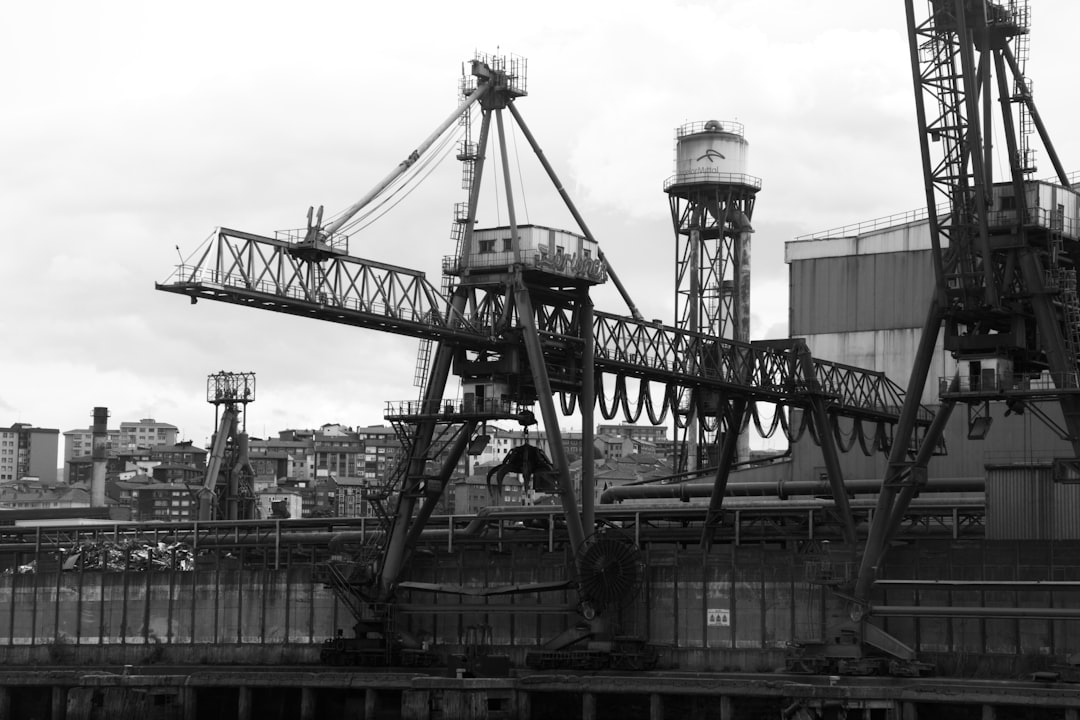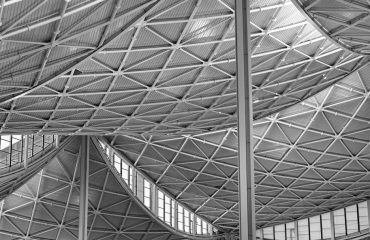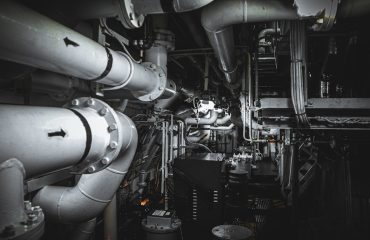Industrial steel frame projects are transforming the landscape of construction, offering unparalleled strength, durability, and design flexibility. From sprawling warehouses to towering factories, steel frames provide the robust backbone for a wide range of industrial applications. This comprehensive guide delves into the key aspects of these projects, helping you understand their potential and navigate the process successfully.
Designing for Strength: The Engineering of Industrial Steel Frames
The design phase is critical for the success of any industrial steel frame project. It involves meticulous calculations to ensure the structure can withstand anticipated loads, including wind, snow, seismic activity, and the weight of equipment and materials. Engineers utilize sophisticated software to model the structure and optimize the design for maximum efficiency and cost-effectiveness. Factors considered include the span of the building, the height of the structure, the type of roofing and cladding, and the intended use of the space. Detailed drawings and specifications are produced, outlining the precise dimensions, connections, and materials required for each component of the steel frame. This meticulous planning minimizes on-site errors and ensures a smooth and efficient construction process. Furthermore, the design phase often incorporates sustainable practices, such as using recycled steel and optimizing the structure to minimize material waste. Proper design also considers future expansion or modifications, ensuring the structure remains adaptable to changing needs.
Construction Techniques: Building with Steel Precision
Constructing an industrial steel frame project requires a skilled team and precise execution. The process typically begins with site preparation, including groundworks and foundation laying. Steel components, fabricated off-site to precise specifications, are then delivered and erected using cranes and other heavy machinery. The erection process follows a carefully planned sequence, ensuring the structural integrity of the frame at each stage. Bolting and welding techniques are employed to connect the steel members, creating a strong and rigid structure. Quality control is paramount throughout the construction process, with regular inspections to ensure compliance with design specifications and building codes. Safety is a top priority, with strict adherence to safety regulations and the use of appropriate personal protective equipment (PPE). The speed and efficiency of steel frame construction are significant advantages, often resulting in faster project completion compared to other building methods. Once the steel frame is erected, the process moves on to cladding, roofing, and the installation of internal services.
The Advantages of Steel: Why Choose Steel Frame Construction?
Steel offers several compelling advantages for industrial projects. Its high strength-to-weight ratio allows for the construction of large, open spans without the need for numerous internal columns, maximizing usable floor space. Steel is also highly durable and resistant to fire and pests, contributing to the longevity and safety of the structure. The prefabrication of steel components in controlled factory environments ensures high precision and quality, minimizing on-site errors and delays. This also leads to faster construction times, reducing project costs and getting the building operational sooner. Furthermore, steel is a highly recyclable material, reducing its environmental impact. The modular nature of steel construction allows for easy expansion or modification in the future, adapting to changing business needs without extensive demolition and rebuilding. The flexibility of steel also allows for complex and aesthetically pleasing designs, breaking away from the traditional image of industrial buildings.
Applications Across Industries: Where Steel Frames Excel
Industrial steel frame construction finds applications across a vast range of sectors. Warehouses and distribution centers benefit from the large, unobstructed spaces provided by steel frames, optimizing storage and logistics. Manufacturing facilities appreciate the strength and durability of steel, capable of supporting heavy machinery and equipment. Agricultural buildings, such as barns and sheds, leverage the cost-effectiveness and longevity of steel. Cold storage facilities utilize steel’s ability to maintain consistent temperatures. Steel frames also support large-scale infrastructure projects, such as bridges and industrial platforms. The versatility of steel allows it to adapt to specific requirements of each industry, making it the preferred choice for many industrial construction projects. The ability to customize the design and incorporate various finishes means steel structures can blend seamlessly with the surrounding environment or create a striking industrial aesthetic.
Choosing the Right Contractor: Expertise and Experience Matter
Selecting a reputable and experienced contractor is crucial for a successful industrial steel frame project. Look for contractors with a proven track record in similar projects, demonstrating their expertise in design, engineering, and construction. Verify their licensing and insurance, ensuring they comply with all relevant safety and building regulations. Review their past projects and client testimonials to gauge their reputation and quality of workmanship. A thorough understanding of the project scope, budget, and timeline is essential, so choose a contractor who can clearly articulate their process and provide realistic estimations. Open communication and collaboration throughout the project are vital, so ensure the contractor is responsive and willing to address any concerns or questions promptly. The contractor should also be able to provide a comprehensive project plan, including detailed schedules and risk management strategies. Investing time in selecting the right contractor can significantly impact the overall success and efficiency of your industrial steel frame project.
In conclusion, industrial steel frame projects offer a powerful combination of strength, durability, efficiency, and flexibility. By understanding the design considerations, construction techniques, advantages, applications, and the importance of choosing the right contractor, you can successfully navigate the process and reap the numerous benefits of this versatile construction method.
SEO Tags:
Industrial Steel Frame, Steel Building Construction, Steel Structure Design, Warehouse Construction, Industrial Construction




